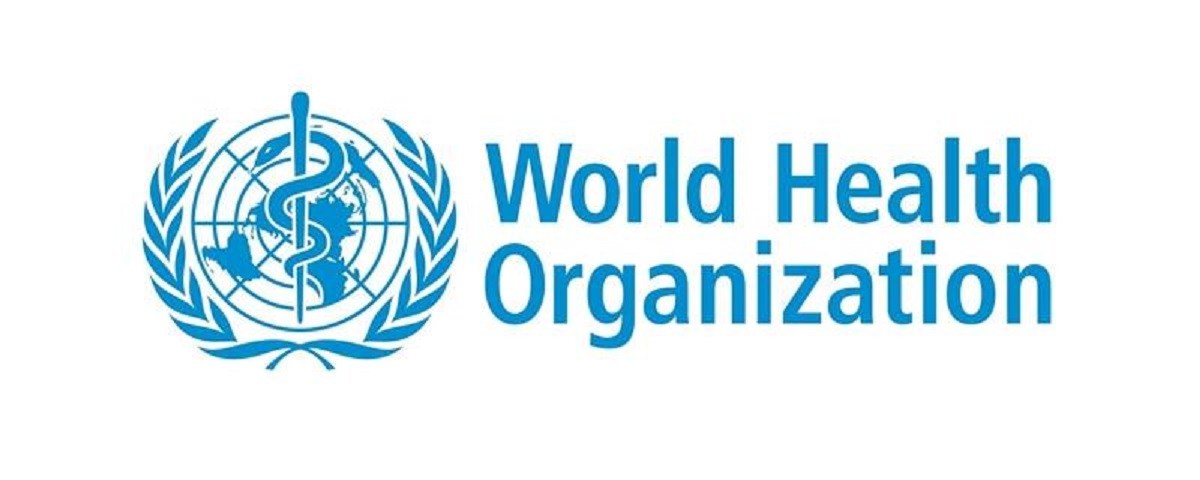WHO to ensure access to primary healthcare, UHC through new Global Health Facilities Database
March 10, 2022
The World Health Organization’s (WHO) new Global Health Facilities Database will be a key resource to help countries provide access to healthcare services for all populations.
WHO in a statement on Thursday, noted that the COVID-19 pandemic has revealed urgent gaps in countries’ current ability to locate health facilities, impeding progress to provide equitable access to therapeutics, diagnostics, and vaccinations through the ACT-Accelerator and other initiatives.
As a standardised and open access repository of health facility information, the database will provide critical insights to deliver primary health care, especially during emergencies. It will also leverage the power of geospatial data to map health facilities in relation to communities and help bridge long-standing inequalities in access and use.
“Understanding health infrastructure at the national and subnational levels is essential to address pressing global and local challenges and achieve universal health coverage, as outlined in WHO’s triple billion targets,” said Steve MacFeely, Director, Department of Data and Analytics, World Health Organization.
“The Global Health Facilities Database will allow us to harness geospatial technology and use data to create better health outcomes for all.”
The database will include a digitized master list of health facilities with name, location and type coded by a unique identifier. At the start, it will host data for 46 countries representing 40% of the world’s population with the aim of including all 194 WHO Member States by 2027.
It will be regularly updated and maintained by WHO in line with best practices on data governance, data sharing and WHO’s data principles in agreement with participating countries.
“With this resource, we can truly transform health facility data from a global gap into a global public good.”
The database is being established in response to the Eleventh Session of the United Nations Committee of Experts on Global Geospatial Information Management (UN-GGIM) which underscored the need for this resource to be made available as a global public good. The database will be made publicly available by the end of 2022.







